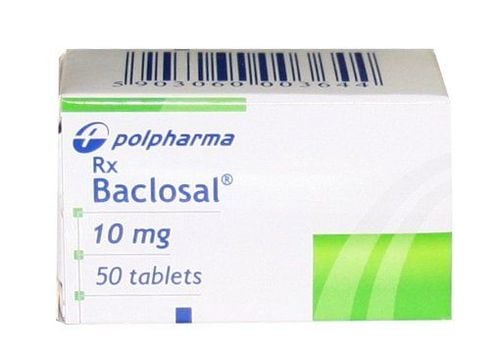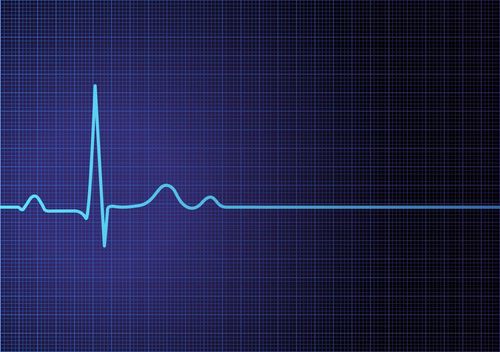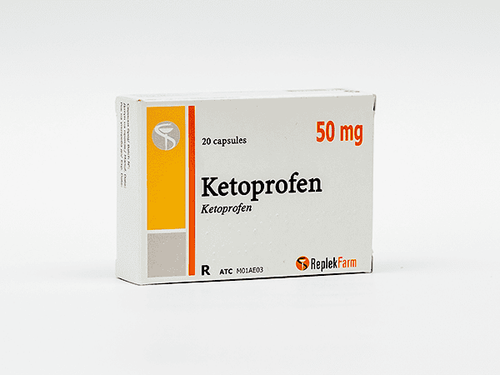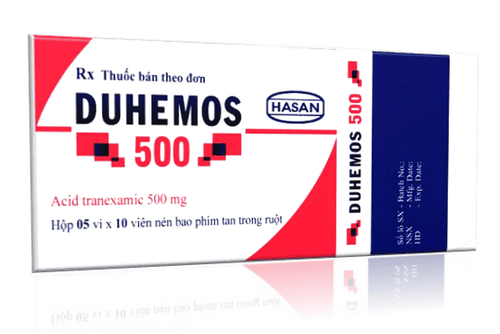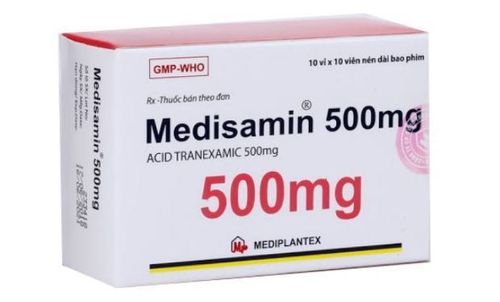This is an automatically translated article.
The article is professionally consulted by Master, Doctor Nguyen Le Duc Hoang - Emergency Medicine Doctor - Emergency Department - Vinmec Danang International General Hospital. The doctor has a lot of experience in the treatment of Resuscitation - Emergency care for adults.1. Overview of emergency management in people with heart disease
Accidents and injuries are common problems in everyday life. Before the medical staff arrived at the scene, the first object to reach the victim was the surrounding residents in that area. These people need to know the basic first aid rules to save the life of the victim until a professional rescue team arrives.The main purpose of emergency treatment is to free the victim from the hazardous environment, to prolong life as long as possible and to minimize other dangers to both the victim and himself. emergency treatment. In people with heart disease , first aid management is also performed according to the general principles. However, cardiovascular emergency needs to be conducted quickly and more aggressively because people with heart disease are more likely to get worse and worse when experiencing trauma. Older age, old surgical scars on the chest, or severe clinical signs such as a small tachycardia that is difficult to detect in the setting of small lesions are all indications that a victim is at high risk for heart disease.
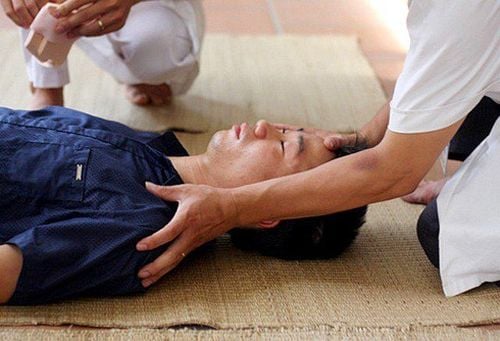
2. Steps to take when giving emergency treatment to people with heart disease
In general, the initial emergency management steps in people with heart disease are similar to the general principles of management, but the steps should be taken quickly and effectively. Specifically:2.1. Airway emergency The first thing to do is to make sure the patient's airway is clear. Check if the victim is still able to breathe on his own. When an upper airway obstruction is suspected, it is necessary to quickly tilt the victim's head to one side to remove sputum and foreign objects in the oropharynx. After that, continue to perform chin-lift to keep the upper airway open and prepare for the next emergency step.
2.2. After opening the airway, it is necessary to assess the victim's respiratory activity according to criteria including respiratory rate, signs of respiratory exertion, skin and mucous membranes. Bruises or open trauma to the chest wall should also be noted. If the victim shows signs of yawn breathing or stops breathing, purple lips and extremities, it is necessary to conduct mouth artificial respiration to provide oxygen to the patient's body. When there is an open chest injury, take a clean cloth or gauze to cover the wound and fix it to stop bleeding and prevent complications of pressure pneumothorax. When there is a knife or injury object still inserted into the chest, absolutely do not arbitrarily pull it out because it will cause the patient to lose blood massively, which is life-threatening, especially when the medical staff has not had time to approach.
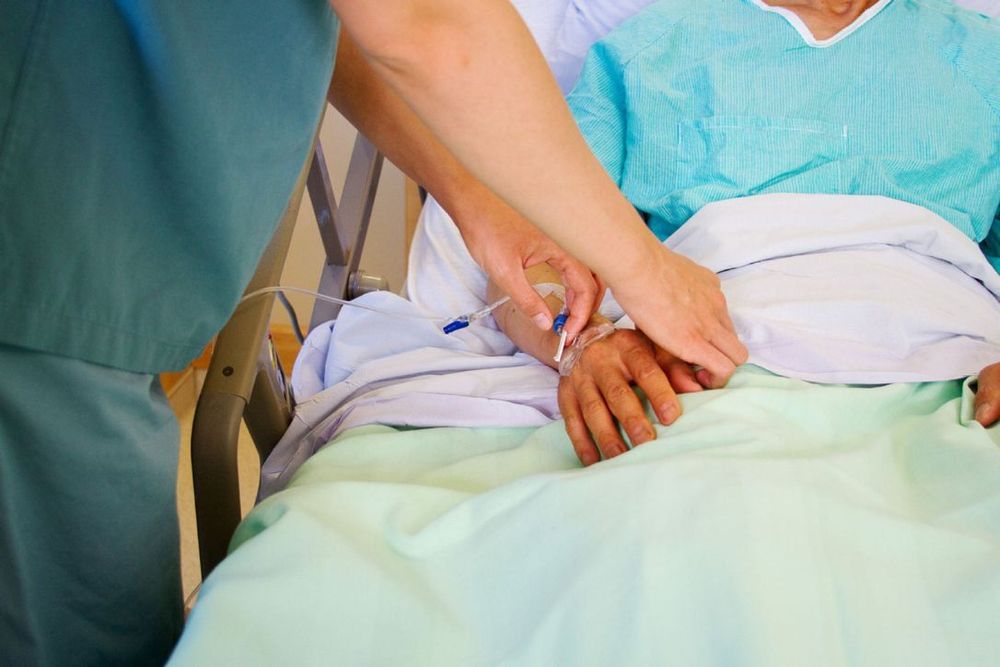
It is necessary to quickly evaluate the functioning of the circulatory system through the following characteristics:
Peripheral pulse: take peripheral or carotid, inguinal pulses in children no more than 10 seconds to detect abnormalities such as tachycardia small, difficult to catch, light pulse, slow pulse, irregular pulse... If there is no pulse or the patient's heart stops, it is necessary to carry out effective chest compressions. It is best to call for help, one person to perform chest compressions, the other is responsible for ensuring CPR and hemostasis. Pale skin and mucous membranes, sweating, lethargy, and unresponsive calls are signs of severe progressive blood loss. If a bleeding spot is detected outside the body, it is necessary to quickly stop the bleeding with a clean cloth. When the wound dressing should not be too tight, be sure to loosen the gauze every 10 minutes to avoid complications of necrosis. If the bandage stops bleeding by hand, it is necessary to maintain the position and be careful not to remove the hand until the medical staff reaches the scene. 2.4. Disability Preliminary assessment is needed to detect nerve damage, if any, by calling for baseline questions and pain stimuli, observing responses, and recording responses. When no longer responding to questions and painful stimuli, suspect the victim has fallen into a coma, signaling a poor outcome. When suspecting a traumatic brain injury or spinal cord injury, it is necessary to immobilize and pay attention not to move the patient's head and neck area much.
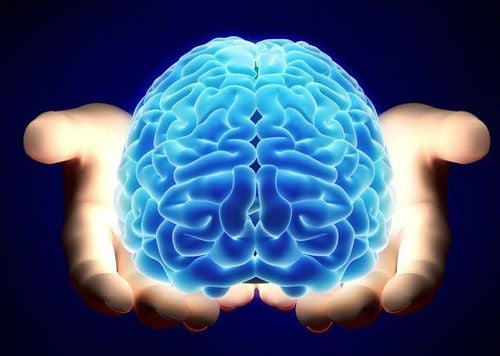
Some accidents and injuries can seriously affect patients' lives if they are not detected early and treated in time, especially those with cardiovascular disease,... Therefore, each person needs to be equipped with equipment. equip themselves with the basic steps of emergency treatment while waiting for medical staff to arrive at the scene to use in necessary cases.
Vinmec International General Hospital is one of the hospitals that not only ensures professional quality with a team of leading medical professionals, modern equipment and technology, but also stands out for its examination and consultation services. comprehensive and professional medical consultation and treatment; civilized, polite, safe and sterile medical examination and treatment space. Customers when choosing to perform tests here can be completely assured of the accuracy of test results.
Please dial HOTLINE for more information or register for an appointment HERE. Download MyVinmec app to make appointments faster and to manage your bookings easily.






